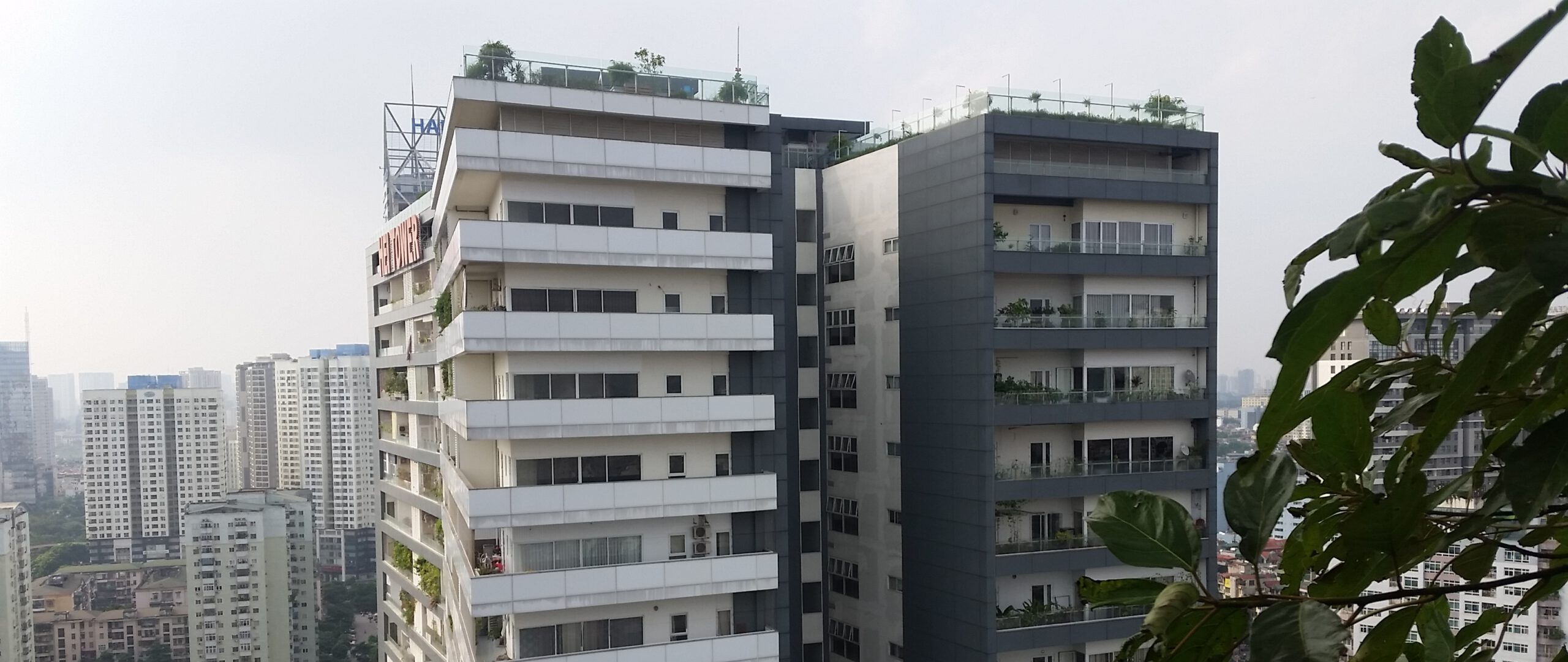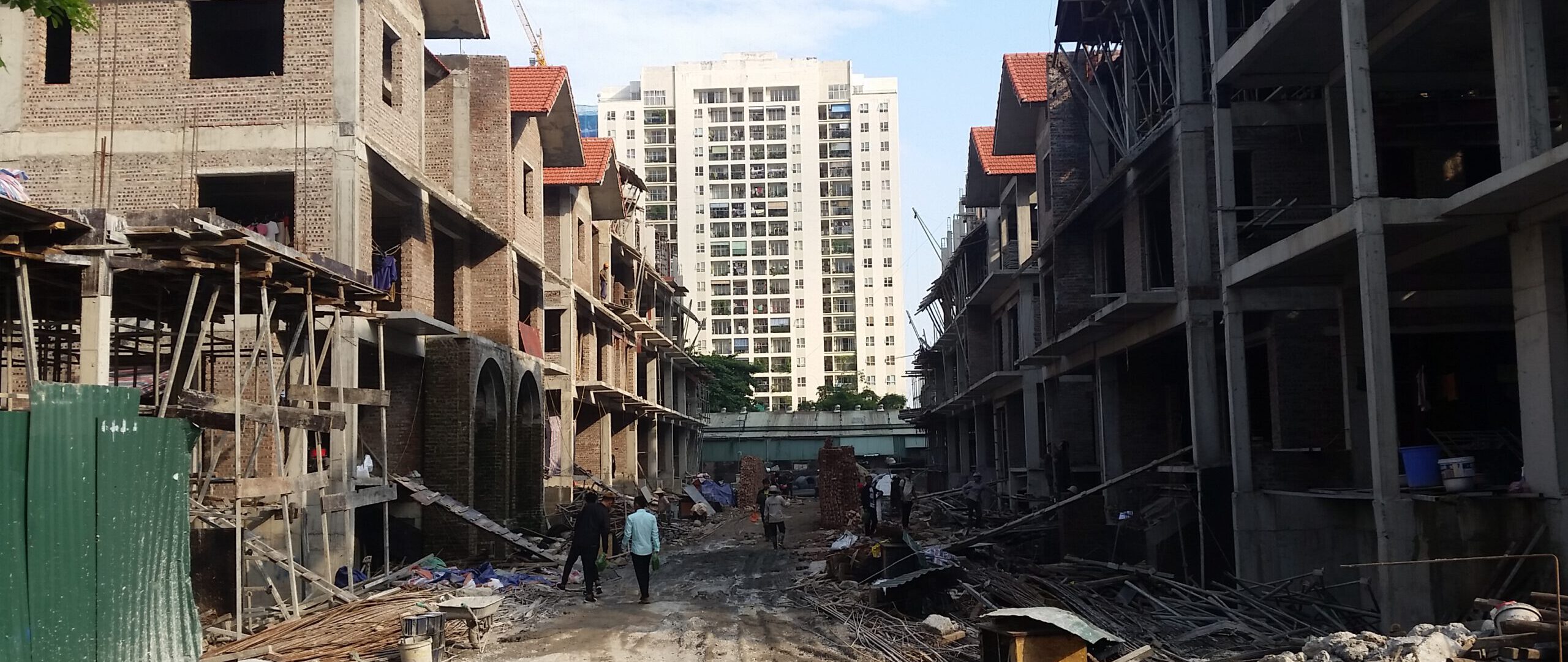Project Motivation
The indoor climate of buildings changes as the thermal comfort demands of the Vietnamese residents evolve. This exposes materials to new climatic indoor conditions while the outside climate is hot and humid. As a result, the materials and building systems used in the Vietnamese construction industry have to perform under new conditions. Furthermore, new construction techniques are introduced to reduce the energy needs, resource consumption and the environmental impacts of production of building material. For example, unfired bricks and cellular concrete blocks are being promoted as a replacement for conventional materials to avoid consuming farmland for clay extraction for constructing modern residential high-rise buildings.
However, such new materials require adapted technologies, processing, and integration into building design to work as a permanent and sustainable replacement for the construction methods established in the market. Failure of these new building techniques, such as cracks in the plaster or moisture ingress, will bring the new construction practice into disrepute. In particular, the moisture properties of new materials are of great importance in this context.
At present, there is insufficient knowledge in the Vietnamese construction industry regarding building physical properties, and the ability to use these materials is also lacking. Consequently, CAMaRSEC addresses issues that hamper the practical application of the necessary tools for energy- and resource-efficient construction in Vietnam and, in particular, the successful application of the new national energy code for residential high-rise buildings, which partly relies on such new construction techniques.
Work Plan
The project is planned for a duration of 36 months.
Within that timeframe the work is delivered in six work packages:
WP1 Vietnam Context
WP2 Evaluation and Measures
WP3 Building Materials
WP4 Governance
WP5 Capacity Development
WP6 Conferences and Advisory Board














